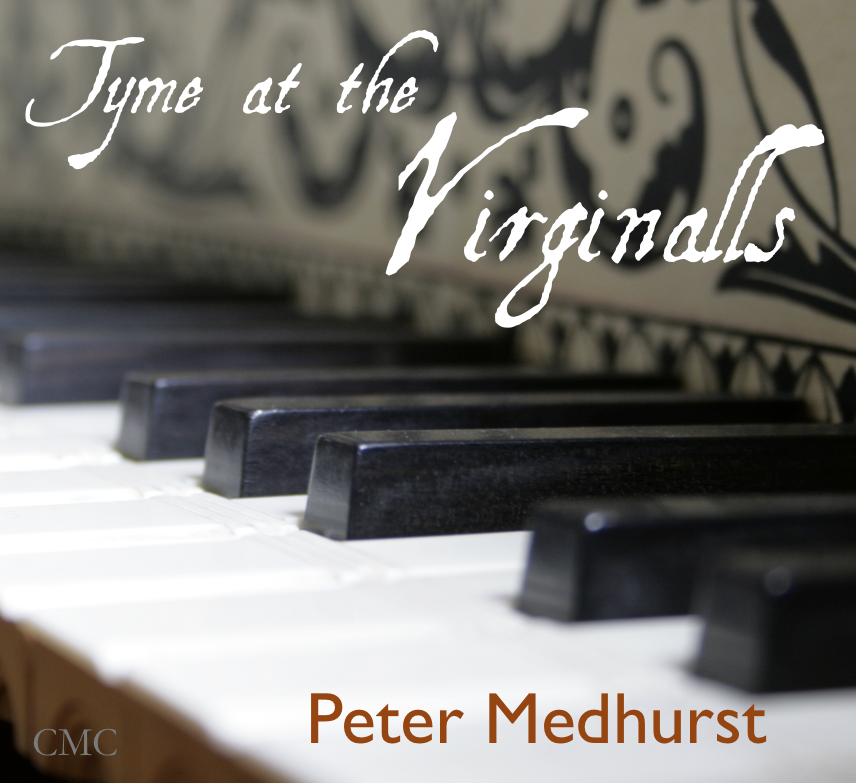VERMEER and MUSIC
 Sweelinck – Il Ballo del granduca – played by Peter Medhurst on a Virginals Muselar, which is identical in manner to the one seen in the Vermeer painting above
Sweelinck – Il Ballo del granduca – played by Peter Medhurst on a Virginals Muselar, which is identical in manner to the one seen in the Vermeer painting above
_______________________
Music in 17th century Dutch art
 For a region of Europe – the Netherlands – which in the 17th century was famous for having no great composers except for Pieter Sweelinck, who died in 1621, it’s extraordinary that it produced such a wide range of pictures showing people making music.
For a region of Europe – the Netherlands – which in the 17th century was famous for having no great composers except for Pieter Sweelinck, who died in 1621, it’s extraordinary that it produced such a wide range of pictures showing people making music.
 In fact, so many fine examples have come down to us, that if we think at all of music being represented on canvas – it’s the paintings of the 17th century Dutch School that spring immediately to mind. Scenes displaying, not professional musicians, but unknown amateurs, like this couple at the virginals (left), in a painting by Gabriel Metsu, a contemporary of Vermeer’s.
In fact, so many fine examples have come down to us, that if we think at all of music being represented on canvas – it’s the paintings of the 17th century Dutch School that spring immediately to mind. Scenes displaying, not professional musicians, but unknown amateurs, like this couple at the virginals (left), in a painting by Gabriel Metsu, a contemporary of Vermeer’s.
10% of all Dutch paintings contain images of music
It is estimated that 10% of all Dutch pictures from this period contain images of music in some form or another. Take Pieter de Hooch, for example, nearly a ¼ of his paintings contain musical scenes, and in the case of Jacob Ochtervelt, the percentage is even higher: almost ½ of his output contains references to music.
And about a ⅓ of Vermeer’s 37 or so surviving paintings contain images of music as well, and it is these masterpieces that become the focus of the study day.
 The goal of the study day
The goal of the study day
The presence of music in the pictures of Vermeer and his contemporaries goes far beyond mere representation and appears to carry hidden and complex meanings that the viewer must attempt to decode in order to get to the heart of the picture. Peter Medhurst discusses Vermeer’s musical scenes against the backdrop of 17th century Dutch history and performs a selection of period songs and keyboard music to complement the pictures.
Music performed on the study day
_______________________
Sample timetable
10.30-11.30 – Session 1
The world of 17th century Dutch music making
11.30-11.45 – Break
11.45-1.00 – Session 2
This session concentrates on the 11 or so surviving musical pictures of Vermeer.
1.00-2.15 – Lunch
2.15-3.30 – Session 3
A recital of music drawn from the repertoire of 17th century Holland, Italy, Germany and England.
________________________________________





![The Scotish [sic] Gigg](https://petermedhurst.com/wp-content/uploads/2012/08/Peter120813untitled-shoot-2.jpg)